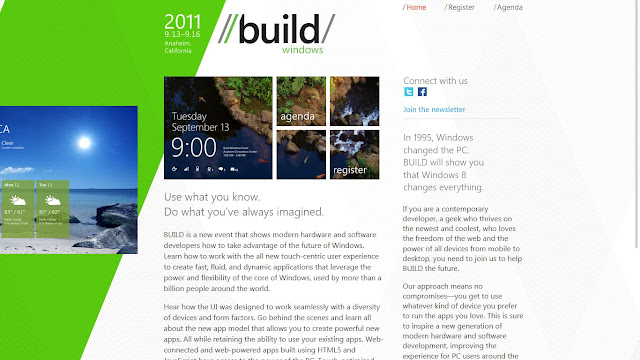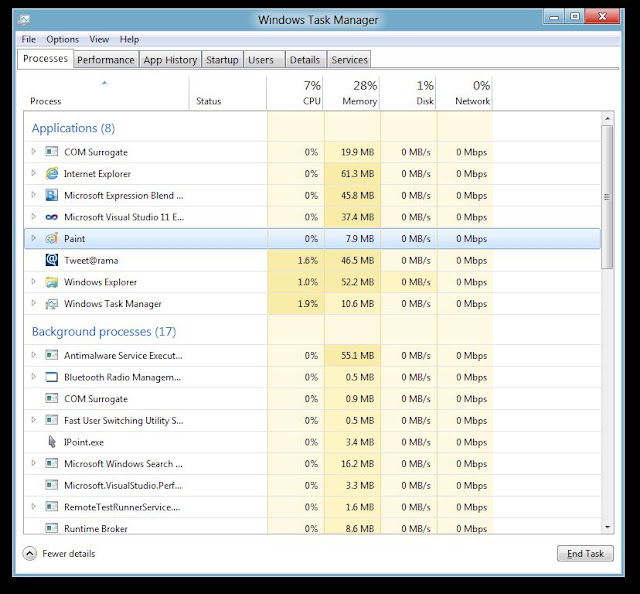Japanese-Swedish mobile phone maker Sony Ericsson already brought Google's Android operating system to its popular series of Walkman handsets, and it seems that Sony too felt the need to make a similar move with the release of a new device in its Walkman line-up that runs under the same mobile platform.
Targeted at the Japanese market, the new Sony Walkman Z also comes with a large 4.3-inch touchscreen display, in addition to offering support for the great music capabilities than all of the Walkman products packed before it.
The new handset is based on the Android 2.3 Gingerbread operating system, and will arrive on the market in 16GB, 32GB and 64GB flavors.
Moreover, it is powered by a dual-core Nvidia Tegra 2 application processor, with each core clocked in at 1GHz, complemented by 512MB of RAM, which should offer enough performance capabilities for users to install applications and games on it.
The specifications list of the new Sony device also includes HDMI-out, along with WiFi and Bluetooth connectivity capabilities, DLNA and FM Radio receiver. The handset will not arrive on shelves with a photo snapper included in the package.
However, it is expected to land on shelves with a wide range of multimedia features, including a video and music players, as well as DLNA client, photo viewer, noise canceling software, and fast access to applications and games.
Apparently, Sony plans on having the new device priced starting at 28,000 yen (around $363) for the 16GB version. The 32GB flavor will go for 33,000 yen ($429), while the 64GB model will go for no less than 43,000 yen (roughly $559).
Sony's Walkman Z is expected to arrive on shelves in two color flavors, namely red and blue. Unfortunately, it appears that Sony did not include 3G connectivity with the new device, nor communication capabilities, which might have been greatly appreciated, that's for sure.



 9/13/2011 11:19:00 PM
9/13/2011 11:19:00 PM
 dannzfay
dannzfay




























